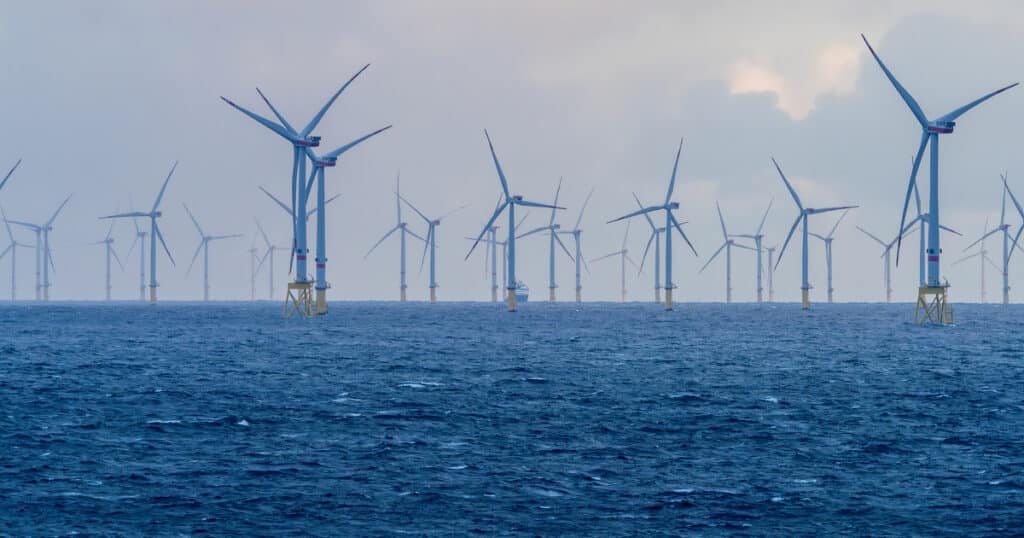The quest of Hawaii to achieve its ambitious goals in renewable energy is at a critical crossroads as the dismantling of wind turbines raises concerns. The state, often hailed as a pioneer in the fight against climate change, must face complex decisions regarding the future of its current wind facilities. With the growing pressure to modernize and replace existing technologies with more efficient systems, the potential danger of allowing these actions to hinder energy ambitions is very real. By removing some of its existing parks, Hawaii risks delaying its crucial progress towards a horizon fully powered by clean energy, thus leaving an energy void to fill.
As Hawaii positions itself as a leader in renewable energy in the United States, the archipelago finds itself at a crucial crossroads. To achieve their ambitious carbon neutrality goals by 2045, Hawaiian leaders must face the challenge of dismantling aging wind turbines. This process, while necessary to modernize their wind farm through repowering, could compromise their ecological aspirations if not wisely planned. Opponents raise concerns about the environmental and economic impacts related to these operations. However, with strategic management, Hawaii could turn this obstacle into an opportunity to boost the efficiency and power of its wind facilities.

dismantling wind turbines in Hawaii: what is the real situation?
The dismantling of wind turbines in Hawaii raises concern and debate among renewable energy advocates. As a strong promoter of green energy, this island state is committed to achieving 100% renewable electricity production by 2045. The complexity of the dismantling process relies not only on the physical logistics but also on effective management of recyclable materials. This task thus requires rigorous planning to optimize environmental impact. Hawaii, while at the forefront of the energy transition, must consider the viability and consequences of such actions on its climate goals.
environmental risks associated with the dismantling of wind turbines
The process of dismantling wind turbines generates a series of environmental concerns. The blades of the wind turbines are often made from composite materials, which are difficult to recycle. Their disposal can lead to an undesirable increase in waste, thus contradicting the goals of reducing the ecological footprint. Furthermore, the impact on wildlife, usually raised during the installation of wind farms, is still relevant during their dismantling. Efforts to minimize these impacts must include sustained attention to habitat preservation, highlighting the importance of a sustainable and methodical approach to manage this growing challenge.
economic and social consequences of dismantling
Beyond the environmental implications, the dismantling of wind turbines in Hawaii could have significant economic repercussions. The cost of these operations, combined with a potential loss of jobs, could affect the social fabric of the archipelago. Renewable energy projects must rely on training and reintegration initiatives for workers to minimize socio-economic impact. Furthermore, ensuring a reliable and sustainable energy grid requires integrating viable alternatives to replace the dismantled installations. This imposing challenge invites deep reflection on strategies to maintain momentum towards a cleaner energy future.
Articles similaires
Thank you!
We will contact you soon.














